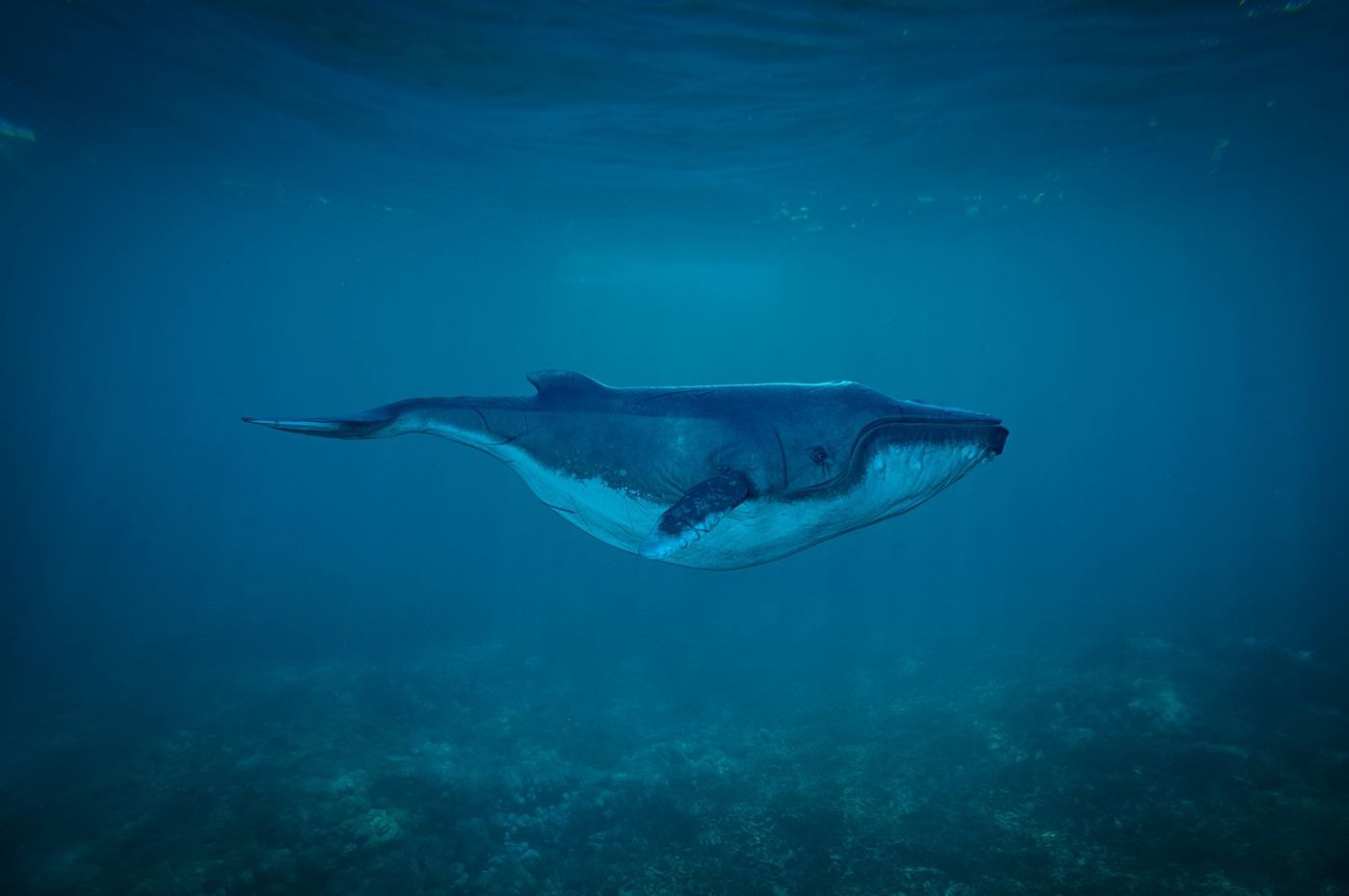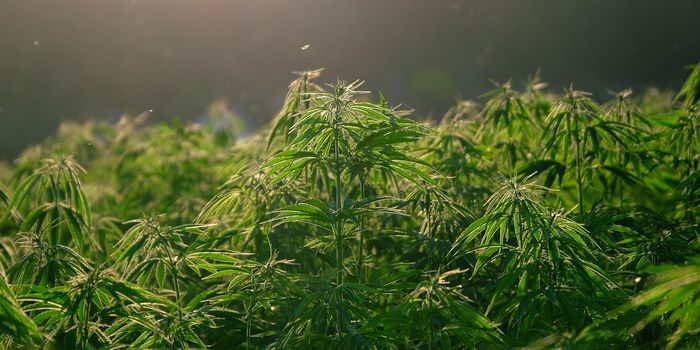NOAA Investigates Mass Die-Off of Whales in the Atlantic
Large quantities of humpback whales are dying in the Atlantic region for unexplained reasons, and even the world’s top experts are having trouble finding out why.
Image Credit: HypnoArt/Pixabay
They’ve been found beaching themselves and dead in the ocean from Maine to North Carolina for several months in exponentially higher numbers than normal, and while there is circumstantial evidence pointing to several theories as to why some are dying, there’s no rhyme or rhythm to the mysterious deaths.
Some of the creatures are reportedly found in the wild with huge lacerations on their bodies or blunt force trauma, believed to be injuries from boat collisions and their propellers. Others are simply being found beached or dead for unexplained reasons.
But why? After all, with the high number of whale casualties, it’s about time that we finally get to the bottom of this, and so the National Oceanic and Atmospheric Administration (NOAA) Fisheries is launching its own investigation into the matter and calling on the help of more experts to officially find some answers.
Watch: A diver's close encounter with a breaching humpback whale
While the cause of death is more obvious in creatures with bodily injury, many humpback whales that are found dead have no obvious signs of death. For example, beached whales can appear perfectly healthy.
Why whales (and dolphins) are beaching themselves continues to be an ongoing question, but one potential answer is that our ship and submarine sonar navigation systems or other noise in the area could be messing with their natural sonar systems, leading them to the wrong place at the wrong time.
Related: Humpback whale calves 'whisper' to avoid predation
Another is that global warming is making the waters inhabitable for them, so they look for a way out. Unfortunately, the Earth’s tides are constantly changing, so by the time they get out, they can’t get back in.
On the other hand, these are just theories and haven’t been confirmed. The events are being branded “unusual mortality events” because the mortality rate last year was 42, up from a 14-pear-year average.
In one interesting case, a beached whale was found with almost 90% of its stomach volume filled with plastic bags. Experts believed this would have led to a painful live of malnutrition and an inability to digest foods properly and may have led the creature to attempt suicide.
Is this particular reasoning perhaps more common than we think? – Possibly, but it remains unconfirmed.
Out of the 10 or so random specimens that were examined, there were no signs of disease or bodily injury. As a result, the findings are bringing up more questions than answers.
Humpback whales aren’t an endangered species anymore, but they’re still a protected species. While their numbers may have rebounded from the low humpback whale count in the past, there’s still motivation to save the species and try to prevent these kinds of mass die-offs.
Related: Where are all these humpback whale 'super-groups' coming from?
Until an official explanation can be devised, the NOAA is reaching out to the public to help point out deceased or stranded whales so that they can be dealt with by officials. Perhaps the bodies will have clues for experts that can answer the ongoing question of what exactly is going on and why.
Source: CNN









